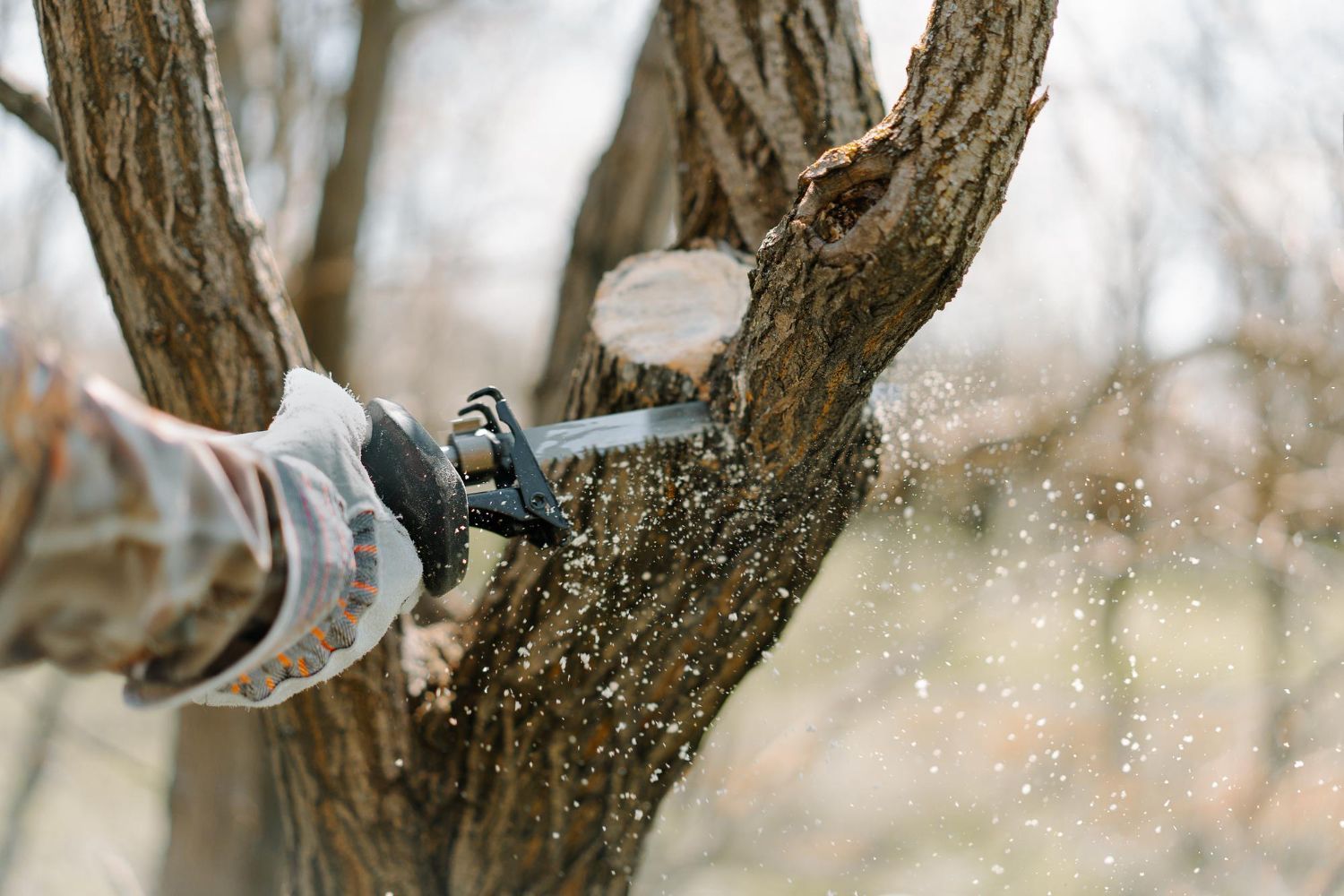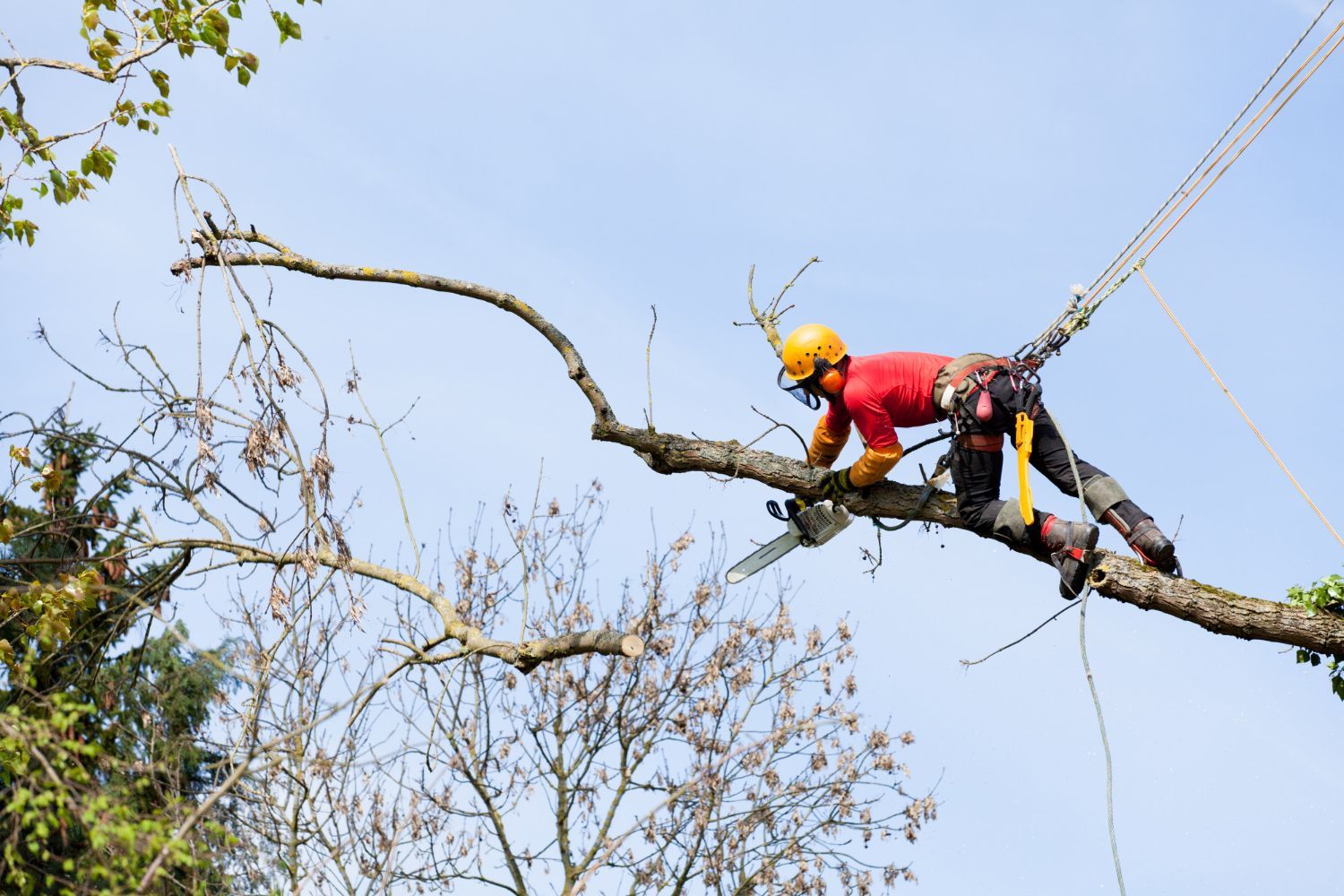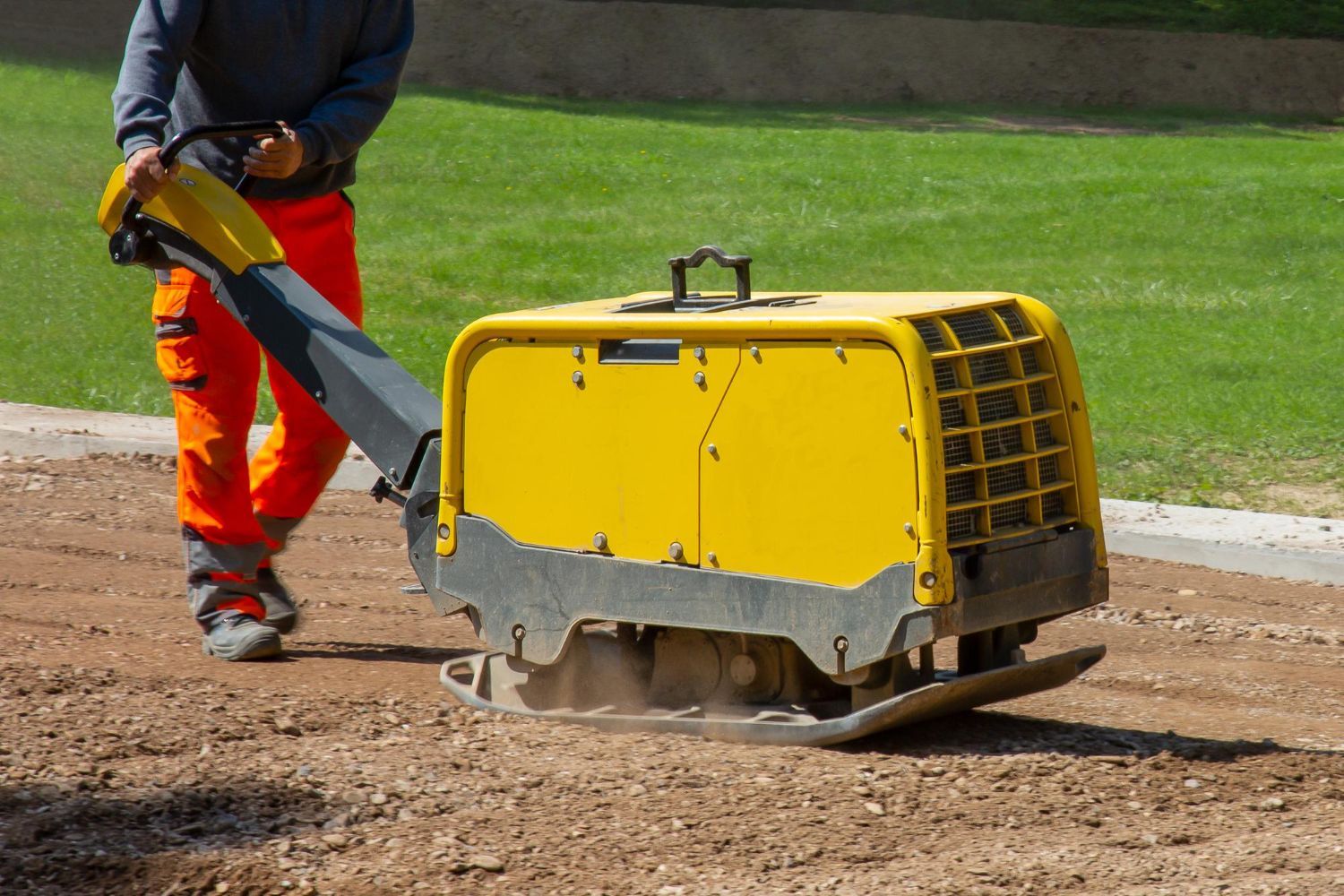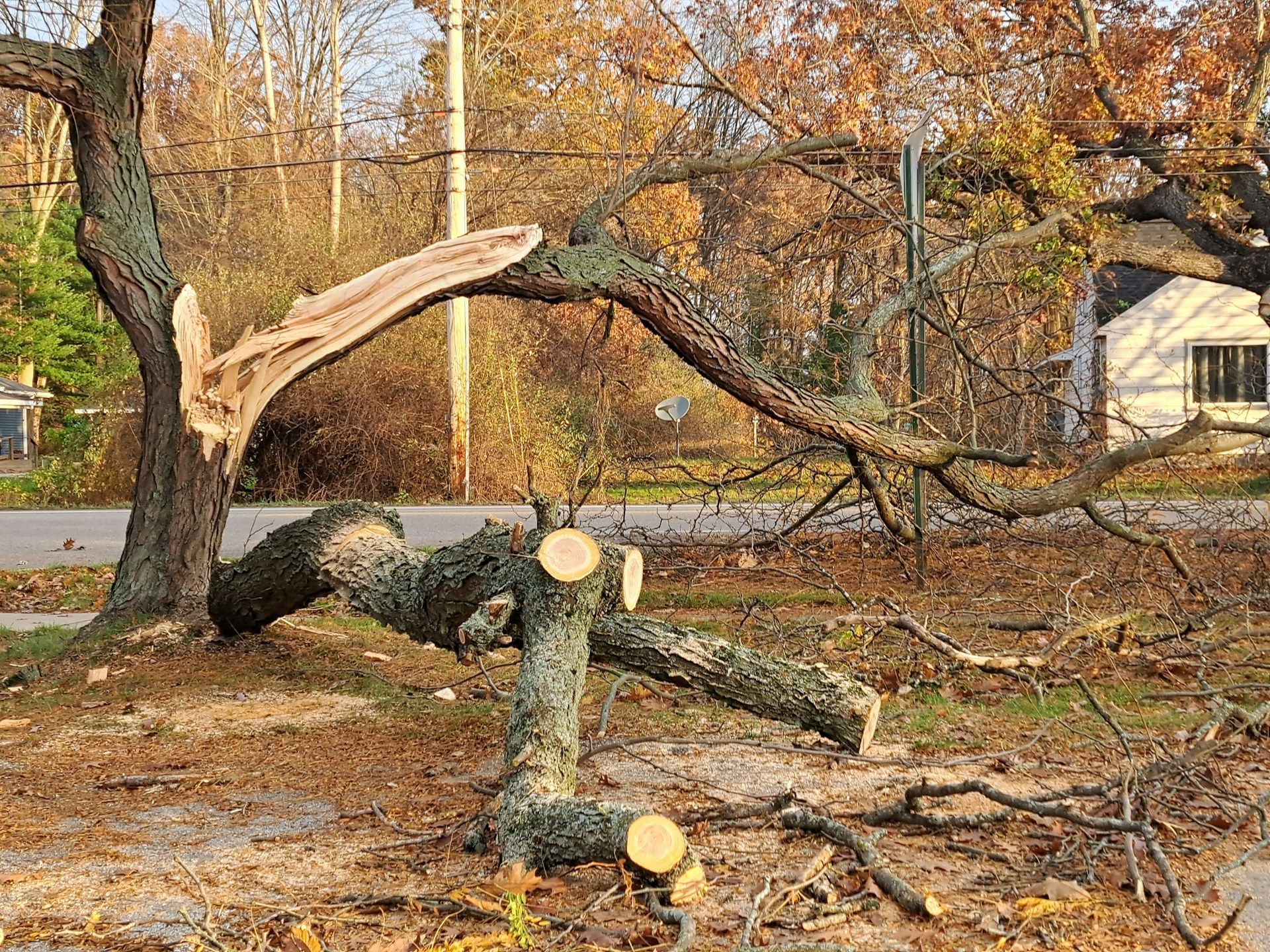How Emergency Storm Tree Service in Katy Works After Heavy Rain
Heavy rainstorms in Katy, Texas, are a regular part of fall. When those storms roll through, they can soak the soil, weigh down tree limbs, and leave behind a mess that is not always obvious right away. It might just look like wet leaves and puddles at first, but when a tall tree starts leaning or a large branch cracks without warning, things change fast.
That is where emergency storm tree service in Katy comes in. This kind of work focuses on responding quickly when trees become unsafe. That could mean removing a tree that is blocking a driveway or trimming branches hanging over a sidewalk. Whether it is a backyard or a business lot, the goal is the same, clear the danger before it causes more trouble.
What Happens to Trees After a Heavy Rainstorm
Tree problems are not always immediate when the rain stops. Sometimes the damage takes a day or two to appear. Here is why that happens:
• When the ground gets oversaturated, tree roots can shift or lose grip. That is how perfectly upright trees end up leaning toward a house or street.
• Soaked limbs get heavier. Add a little wind, and weak spots that were barely holding on will now crack or fall.
• Damage is not always visible from the ground. A trunk may look fine, but inside, water could have found its way into old splits or decay that makes the tree unsafe.
In public areas or commercial zones, these risks are bigger since more people come and go. A limb over a walkway or a tilting tree near a school fence needs a second look, and it needs it soon.
Trees are rooted strongly under normal conditions, but when the earth softens from days of rain, even big trees can become unstable. It takes just a little extra weight or a small gust for the roots to shift or for a crack to spread through a limb. The aftermath of a rainstorm often leaves homeowners thinking their trees are safe, but real risks can be hidden. Watching for changes in the days after a big storm is important, especially if a tree seems to shift or lose a great deal of leaves at once.
When and Why Emergency Tree Removal is Needed
Removing a tree is not always the first choice. Certain situations make it the safest one. After storms, this might include:
• Trees or limbs that have already broken and are blocking entryways, driveways, or sidewalks
• Parts of a tree hanging over power lines or pressing up against buildings
• Trees that show signs of cracking at the trunk or are leaning more than usual after the soil has shifted
We do not guess. We show up, take a proper look, and figure out where the biggest risks are. We look for signs like split bark, exposed roots, or sagging sections that could give way without warning.
Fast response matters. The longer a damaged tree stays in place, the higher the chance that wind or more rain will bring it down. Moving quickly can help avoid more cleanup, more blockage, or even property damage.
It’s not just about the obvious issues either. Small cracks from a rainstorm might become much larger when another storm rolls in a few days later. Trees weakened by previous weather events are much more likely to break or fall the next time. Safety comes first, so working with a team that can respond promptly after a rainstorm makes a clear difference in protecting your property.
How Professional Tree Service Crews Handle Rain-Damaged Trees
Once we assess the situation, the next steps happen fast. We bring tools that are made for both safety and speed, especially when time is working against us.
• Chainsaws and climbing gear help when trimming from inside the canopy
• Bucket trucks are used for taller trees or hard-to-reach limbs
• Cranes may come into play if a large tree has to be lifted away rather than dropped
Everything starts with a safety check and plan. That might mean taping off the area, looking at which direction the tree might fall, and figuring out the safest way to bring it down. Once we start, we work in steps, removing dangerous parts first, then clearing the rest.
Cleanup does not just mean grabbing logs or scooping leaves. It might mean checking nearby fences for damage or sweeping sidewalks to keep the area usable once we leave.
Skilled crews are trained to handle emergencies with a steady approach, putting caution before speed. That means wearing protective gear, observing the area for hidden problems (like hanging limbs caught by leaves), and making sure each section of the tree comes down safely. Each step is chosen based on the tree’s size, the presence of overhead lines, and how wet or uneven the ground appears. We might use ropes and pulleys to guide branches and prevent damage to buildings, or carefully cut sections at a time so nothing falls out of control.
Safety does not stop when the last branch is down either. Our crews go over the area to spot leftover dangers, like small sharp branches or roots sticking up. We sweep up remaining debris and check walkways for tripping hazards to make sure your property is safe for pets, kids, and anyone passing through.
Restoring safety after a rainstorm can also involve looking for tree issues that could cause problems in the next storm. Sometimes, a tree that survived might show signs of weakness and could cause injuries or blockages in the future. By taking time to inspect not only what fell but also what’s left, we help reduce risk as the weather shifts toward winter.
Why Local Knowledge Matters in Storm Cleanup
Knowing how and where trees grow in Katy helps us work smarter. Certain soils in this area hold water longer, and some big trees with shallow roots are more likely to shift. Fall storms bring strong winds that make those trees harder to predict.
We also know how to work within local rules. That includes understanding where and when debris can be hauled or how close trees can be to buildings according to city codes.
Our local experience means we are quicker at spotting trouble. We do not need to guess how deep the mud usually goes or which tree species crack in storm winds. We have seen it, planned for it, and handled it before. Plus, we are fully insured and bonded, so you can have confidence in our storm response expertise and care for your property.
When crews know the neighborhoods and common tree types in Katy, Texas, the cleanup process goes smoother. We recognize which types tend to snap first in high winds and which areas stay muddy after rain. The knowledge that comes from years of working in the same climate allows for faster preparation and safer action, especially during high-stress times when multiple homes or businesses need attention at once. Familiarity with city guidelines also speeds up the removal process and decreases the chances of overlooking important steps.
Sometimes, storm cleanup is delayed when crews are not local. Permits for removing larger trees or hauling debris off-site might cause longer waits with less-experienced groups. As a local team, we understand the procedures needed to keep jobs moving along, even when storms impact wider parts of the city.
Safe and Ready for What’s Next
After a storm, it is easy to focus on what you can see, wet leaves, broken fences, fallen branches. But what is still standing might be a bigger risk. Emergency storm tree service in Katy is about more than quick removal. It is about spotting danger early and doing something before the next storm sweeps through.
Fall can be rough on trees, especially after days of back-to-back rain. That is when experience and timing matter most. With the right tools, local knowledge, and a clear plan, we help keep properties clear and safe before small problems grow into bigger ones. A well-planned response keeps people moving, buildings protected, and trouble from piling up after the skies clear.
Soaked ground, broken limbs, or tilting trees can all put your property at risk, but our team is here to help homeowners and businesses in Katy, Texas, address tree issues before they become bigger problems. We arrive prepared with the right equipment, experience, and a clear plan to restore safety fast. See how we handle
emergency storm tree service in Katy and get the help you need when storm damage happens. Call Apple Tree Service to get started today.





